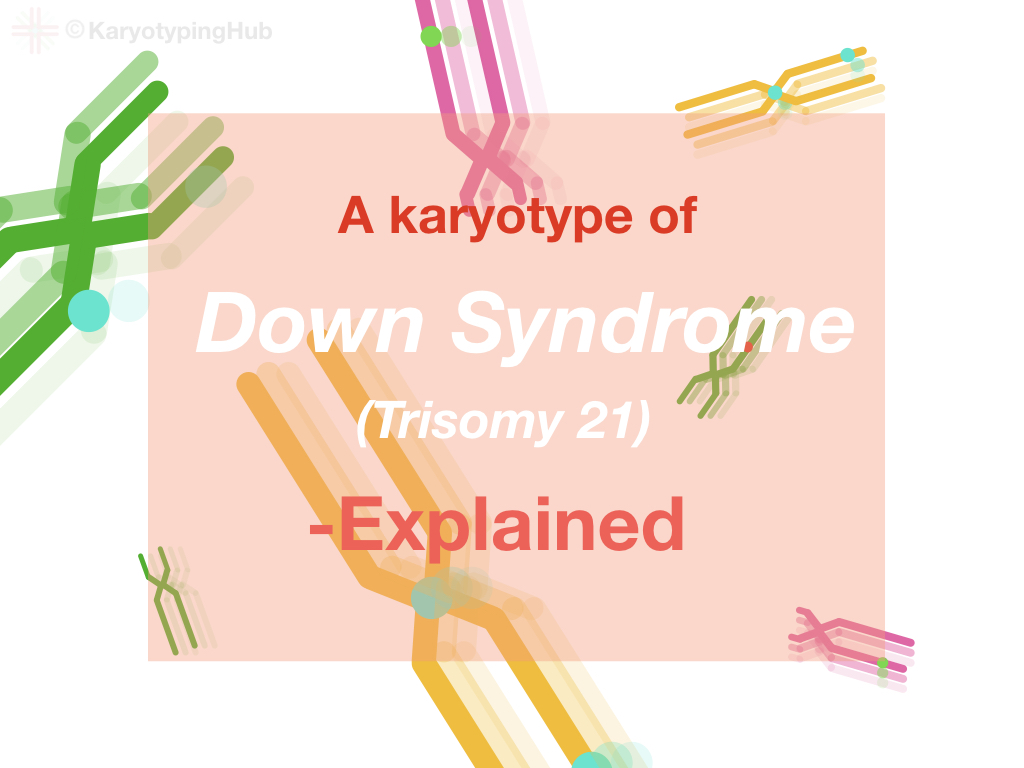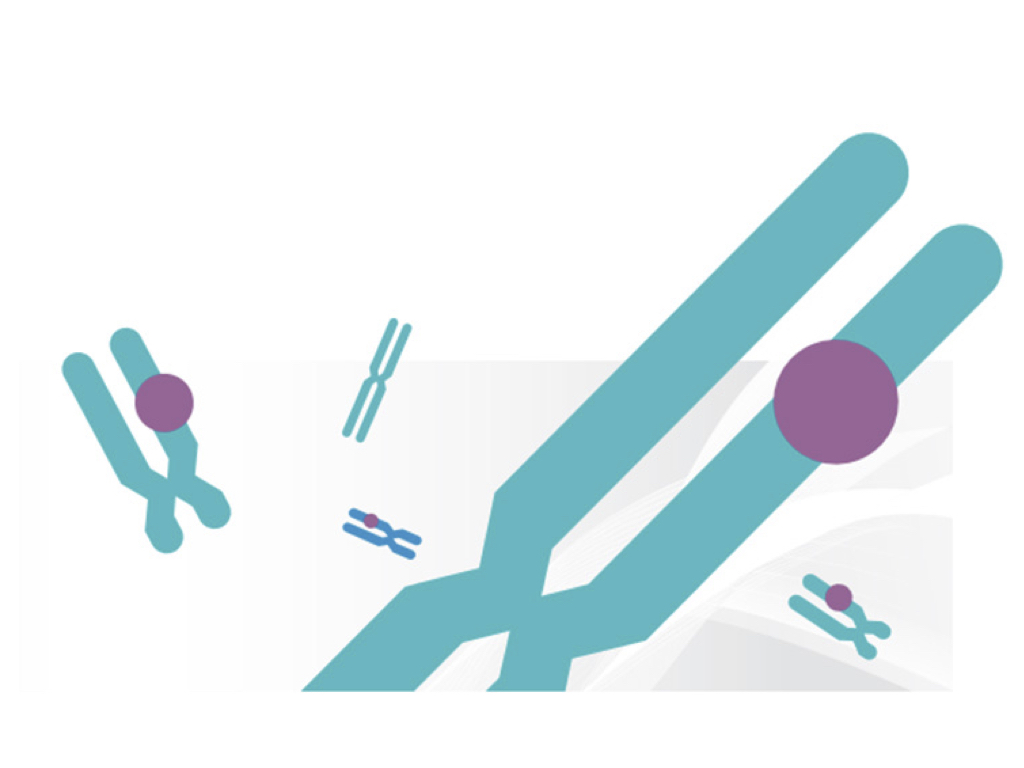Down syndrome is a genetic abnormality that occurs due to the imbalance of chromosome number causes mental, cognitive, and developmental problems.
The down syndrome is often known trisomy 21 which is more a scientific term used for it, however, the name down syndrome is given from the name of the scientist John Langdon Down who originally had reported it.
The present type of genetic abnormality is a numerical chromosomal abnormality occurs due to abnormal change in chromosome number. Worldwide 1 into 800 babies birth with down syndrome.
Key talks: In the present article I will explain to you down syndrome karyotype and how it looks. Also, I will explain the mechanism of why it happens, I will also give you some of the read karyotypes of trisomy 21, further. But before that lets quicky understand what the down syndrome is!
Related article: What is karyotyping?- Definition, process, steps and advantages.
What a Down syndrome is!
As we said the down syndrome is a genetic condition associated with chromosomes, especially, chromosome 21, also known as trisomy 21 or trisomy of 21. A kind of congenital genetic abnormality, the trisomy 21 occurs by birth.
In the United States, every year approximately 5300 babies are born with the present genetic condition, more than 200K people are living with it.
The condition is majorly associated with mental and intellectual disability. A typical fattened face and nose structure is observed in all down syndrome patients. Another major symptom of the present condition is the tongue that tends to stick out of mouth frequently.
With this some other symptoms are intellectual disability, hypotonia, tiny white spot in eye and small hands & feet are also observed.
A Down syndrome Karyotype:
The present genetic condition is an abnormality of chromosome 21, instead of a pair, an extra chromosome 21 present in a genome. Therefore, not 46, but 47 chromosomes are present in a baby with a present genetic condition. How it happens that we will discuss in the upcoming section. But first see the image of trisomy 21.

What does a down syndrome karyotype show?
Here an extra copy of acrocentric chromosome 21 is present and hence we can count it at first glance. The acrocentric chromosomes are smaller in size whose one arm is too smaller than others, observe the above image carefully.
No sex chromosome or other autosomal chromosomal abnormalities observed in this condition, notably, in some cases translocation of 21 is reported, in this condition, chromosome 21 appears in a pair but some extra genetic material is present on it.
However, translocation of 21 is very difficult to identify through normal karyotyping.
No other deletion, inversion or insertion is reported till date.
In some rare cases, mosaic trisomy is reported, in which some cells have 3 copies while others have 2 copies of chromosome 21. The sign and symptoms of mosaic trisomy 21 are less severe.
Some of the field images directly from the microscope are given here observe it carefully. These are our own reports.

Cause of Down syndrome:
The trisomy 21 is a non-inherited and congenital genetic condition which is originated by the event called non-disjunction.
As we said, it occurs by birth, thus one of the germ cells affects first, then it took parts in embryo formation and spread to all cells.
In the non-disjunction due to some unknown reason, chromosome can’t segregate properly during cell division, so instead of a pair sometimes three or four chromosomes appear in germ cells.
None of the parent, intrinsic or extrinsic factors are responsible for it, the event occurs randomly.
Read more: What is the karyotype used for?
Some more information…
- It is a genetic disorder and totally random.
- Besides karyotyping, ultra-sound and cell-free DNA testing are other methods used to test it. Also, Maternal age, nuchal translucency, and triple marker tests are also taken into account before referring to the karyotyping.
- A baby with Down syndrome can live a normal life like other babies however, mental and intellectual problems are a bigger challenge for them.
- It can’t be inherited or there is no chance of your second baby suffering from it.
- No food or medication can prevent or overcome it.
- Notably, as the maternal age increases the change of down syndrome increases.
The process…
Using a conventional karyotyping set up we can identify the trisomy 21 and can prepare the karyotype of Down syndrome, however in order to find out translocation we need to do FISH- fluorescence in situ hybridization.
The process is same-
- Amnicentesis is performed.
- AF or CVS sample is cultured under strict aseptic conditions.
- Cells are grown in a CO2 incubator for 72 hours.
- Hypotonic treatment
- Cell harvesting
- Slide preparation
- GTG banding and NOR-banding.
Note: NOR- nucleolar organizer region banding is used to identify acrocentric chromosomes.
Conclusion:
Using a conventional karyotyping set up a down syndrome or trisomy 21 karyotypes can be prepared. However, as we said, FISH can do well and can also identify translocation.
Care must be taken to perform karyotyping because of the high chance of culture failure. Furthermore, the chance of contamination is also very high in it. Perform all steps aseptically.



